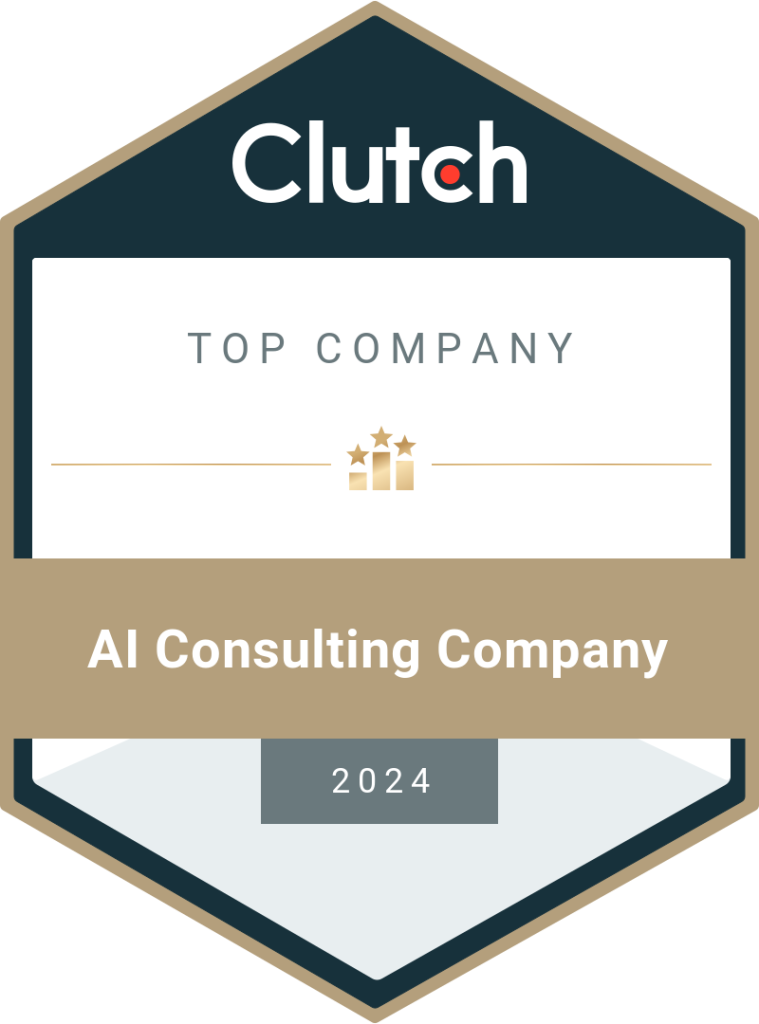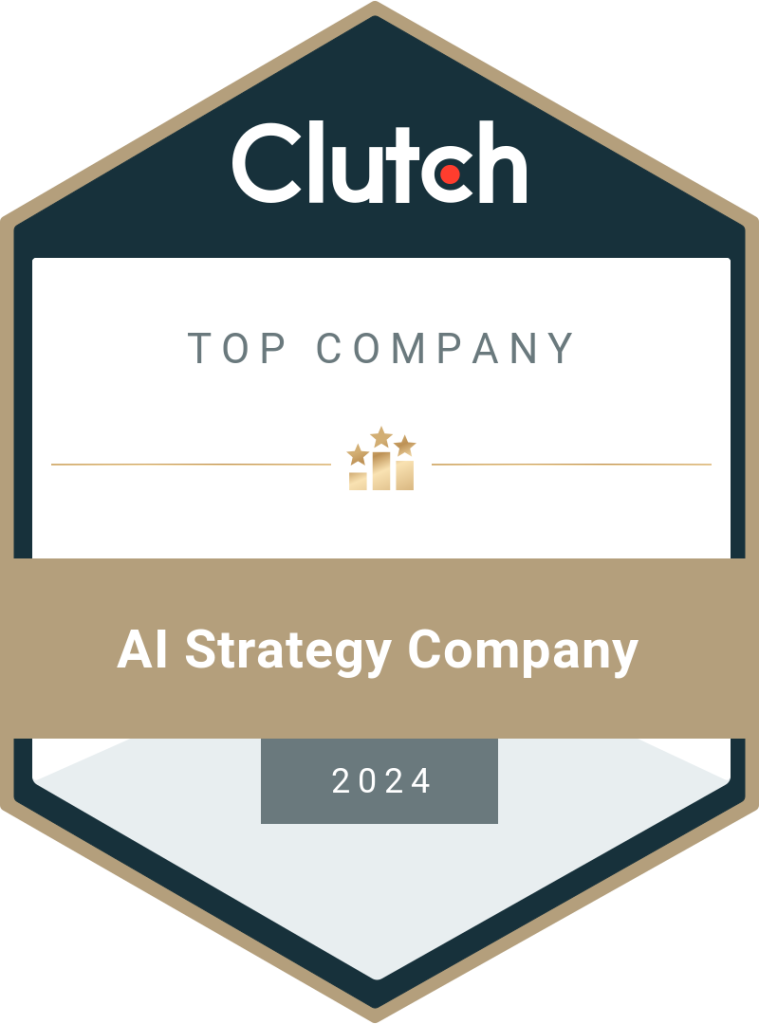Traditional Analytics vs. Manufacturing Analytics – Which One to Go for in Industry 4.0
Industry 4.0 involves the digital transformation of enterprises and promotes data-driven decision-making in the manufacturing sector. Here, we’ll discuss the differences between traditional analytics and manufacturing analytics and which is the best choice in Industry 4.0. Industry 4.0, or the fourth industrial revolution, is a hot topic in the sector. Many SMEs and large enterprises have been exploring the advantages of adopting data-driven models, big data analytics, and AI technologies to streamline manufacturing, distribution, marketing, and customer service processes. According to a report by Emergen Research, the global Industry 4.0 market is estimated to touch $279.75 billion by 2028 at a CAGR of 16.3%. Manufacturers from different industries, like automotive, pharma, electronics, FMCG, etc., are investing in IoT (Internet of Things) devices, AI manufacturing analytics solutions, robotics, and other advanced technologies. But what exactly is manufacturing analytics? How different is it from traditional analytics? Which one should you choose when digitally transforming your manufacturing business? What are the benefits of manufacturing analytics? Let’s find out in this blog! How Analytics is Used in the Manufacturing Industry? Before we determine whether traditional analytics or manufacturing analytics is right for your enterprise, let’s first understand which analytics is used in the manufacturing industry. A large amount of data is generated every day across different departments in a manufacturing business. This data can be used to determine historical patterns and future trends to make better and faster decisions. Data analytics in manufacturing helps streamline various internal processes to reduce costs, decrease wastage, increase revenue, and amplify profits. What is Traditional Manufacturing Analytics? Analytics has long been a part of the industry. However, as the name suggests, traditional analytics was done with paper ledgers, abacus, etc. As technology developed, calculators, Excel, Lotus, etc., were used. Statistical models like regression analysis, time series analysis, hypothesis testing, and many more helped businesses analyze historical data to identify patterns and trends. The process, though simple, was lengthy, time-consuming, and had a high margin of human error. What is Manufacturing Analytics? Manufacturing analytics, on the other hand, is a new process that uses the latest data analytical models to deliver accurate, faster, and real-time insights for decision-making. The manufacturing analytics market size was $12.5 billion in 2023 and is expected to reach $29.42 billion by 2030 with a CAGR (compound annual growth rate) of 17.14%. Manufacturing analytics models can be built on-premises or hosted on the cloud through SaaS (Software as a Service) solutions. Manufacturing analytics companies build the necessary data pipelines and third-party connections to streamline workflow in the enterprise. This allows employees to access data and insights in real time and make efficient decisions. It increases transparency, visibility, and flexibility throughout the manufacturing unit. What is the Difference Between Traditional Analytics and AI Analytics? The development of artificial intelligence and machine learning models has brought many changes in the global market. Data analytics is no longer limited to Excel or pivot tables. Today’s manufacturing analytics solutions include powerful AI models that can process large amounts of data in real time and provide near-immediate insights in the form of graphical reports and data visualizations. Let’s consider traditional analytics vs. manufacturing analytics to determine which is the best choice for Industry 4.0. Static vs. Dynamic Traditional analytics is static, while modern AI manufacturing analytics is dynamic. That’s because traditional analytics rely on existing visualizations and predefined questions. If you enter a new question, it requires additional time and resources to find the answer. Moreover, the traditional analytics dashboards don’t automatically update themselves when new data is added. AI manufacturing analytics is dynamic as it comes with a conversational interface. When a query is provided by the employee, the model uses some computing power to provide the answer in a few minutes. Additionally, the dashboards can read and provide the answers in natural language using NLP (natural language processing) technologies. It is similar to using a voice assistant like Siri or Alexa. Efficiency Efficiency is another major differentiating factor between traditional and AI manufacturing analytics solutions. While the former typically provides answers to ‘what’, the latter can also offer insights about ‘why’ and ‘how’. For example, you can not only ask what the sales volume is but also find out why it is less and how it can be increased to achieve your targets. Furthermore, the process involved in traditional analytics makes it difficult for employees when a deadline is looming. It doesn’t offer the required flexibility or scalability to handle varying data volumes. This is not a concern with AI analytics. Manufacturing analytics set up using AI models work seamlessly with any amount of data and can be scaled to suit your business needs. Accuracy The accuracy of the derived insights can have a huge impact on your decisions. That’s why manufacturers who rely on traditional analytics go with a gut feeling or opt for guesswork. The margin of error is high (even a minute mistake in data entry can lead to a different result), which makes them wary of trusting the insights completely. However, manufacturing data analytics is solely driven by data. There’s no need for a hypothesis, influenced by the individual’s viewpoint and perspective. Artificial intelligence doesn’t ignore the elements a human analyst may miss. It can also delve deeper into the datasets to identify patterns that cannot be seen by humans. As long as your data is clean, the insights will be accurate and reliable. Moreover, manufacturing analytics service providers offer data engineering solutions to collect, clean, and store data, which reduces the risk of using low-quality data for analytics. Time There’s an old saying – ‘time is money’. This is applicable even more in today’s world, where everyone wants immediate results. Traditional data analytics is time-consuming and requires a lot of manual effort. A team of data entry employees, data analysts, etc., have to constantly work to add new data to the database, clean it, sort it, and then analyze it. Fortunately, manufacturing analytics doesn’t require as much effort, even though the core idea is the same. Data collection is automated and can be set to occur as frequently as you want. Modern AI analytical tools can process unstructured and semi-structured data with ease and
Read More





